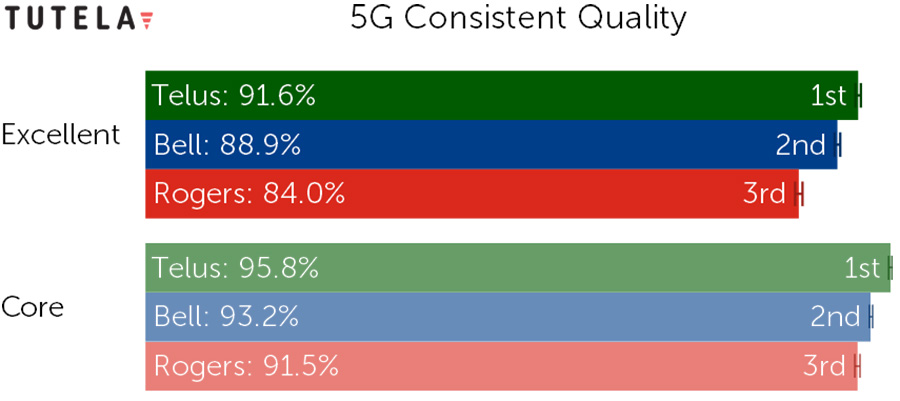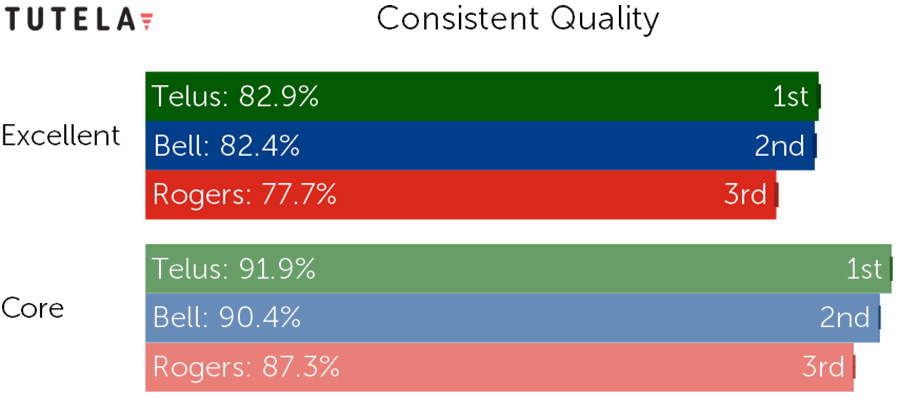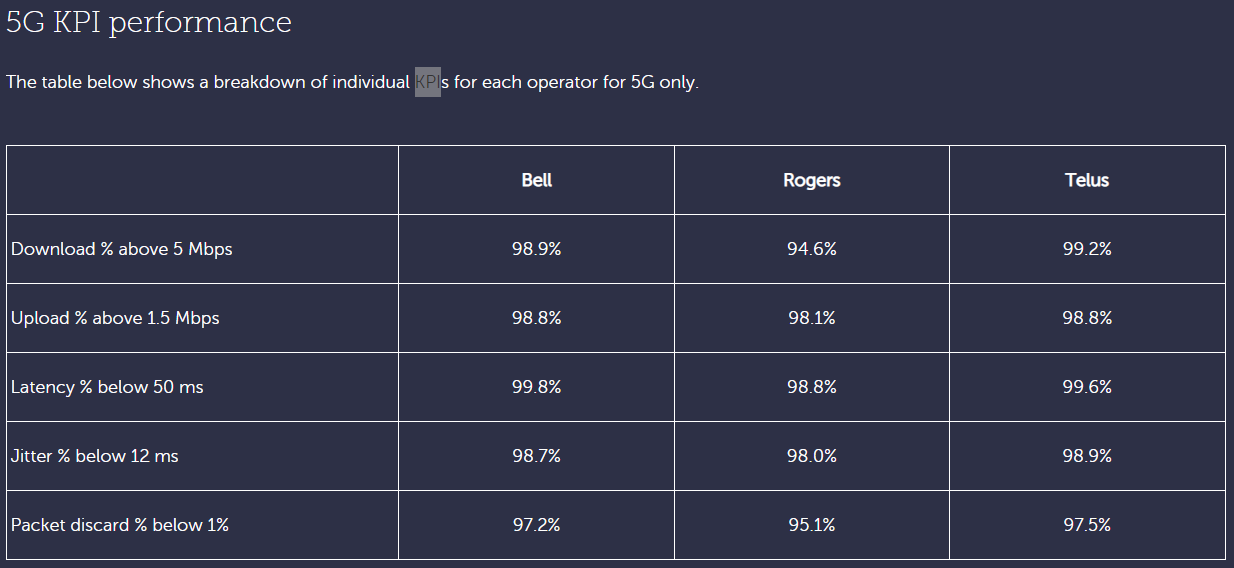Rogers plans to separate its wireless and wireline networks through adjustments to its core network, MobileSyrup has learned. It could take up to 18 months to build the separation, with the migration likely happening in two years.
Rogers’ Chief Technology Officer (CTO), Jorge Fernandes, announced the plan at an all-hands meeting Friday. This solution appears to be Rogers’ answer to the question of how to prevent a massive outage like the one that took down the company’s wireless and wireline networks on July 8th.
Rogers currently runs what’s called an all-IP network. That means it puts all traffic (wireless, wireline, telephone, etc.) through the same core network, which is why both services failed during the July 8th outage. Based on evidence gathered by researchers and information previously shared with MobileSyrup, it appears Rogers’ Border Gateway Protocol (BGP) routers malfunctioned after a maintenance update on July 8th. Those routers are responsible for handling all the traffic and transferring it between Rogers’ network and the wider internet. For more on this, read MobileSyrup’s deep dive into the outage here.
All-IP networks can be described as being like an FM radio where instead of having multiple stations to tune into, there’s one tuning that contains every station. MobileSyrup understands that Rogers’ plan is to add what’s essentially a ‘second tuning’ to its FM radio and migrate some ‘stations’ to the second tuning. Put another way, the company will maintain two core pipelines to the internet and will likely separate wireless traffic (such as 5G and LTE) and wireline traffic (like fibre), putting one in each pipeline.
It’s unclear if the separate pipelines would act as fallbacks for each other, enabling wireless and wireline traffic to stay up if one of the pipes goes down. Presumably, Rogers will go this route, but at the very least, the change should prevent an outage from taking down wireless and wireline at the same time. It also isn’t clear how much it will cost the company to make this separation, although MobileSyrup understands it will be expensive.
MobileSyrup understands the changes will apply deep in the core of Rogers’ network and should not be felt by customers. From the perspective of Rogers subscribers, nothing will change.
Rogers did not respond to MobileSyrup’s request for comment in time for publication.








